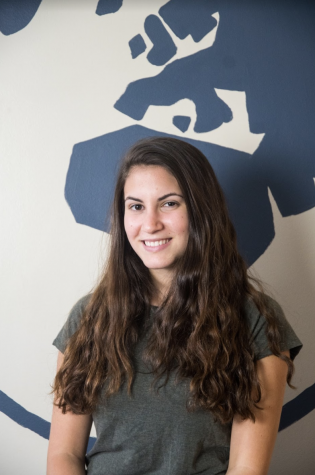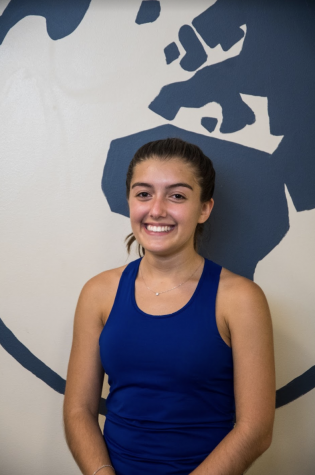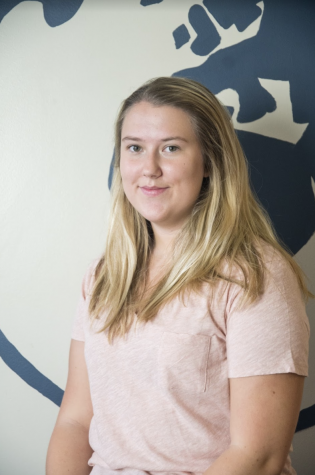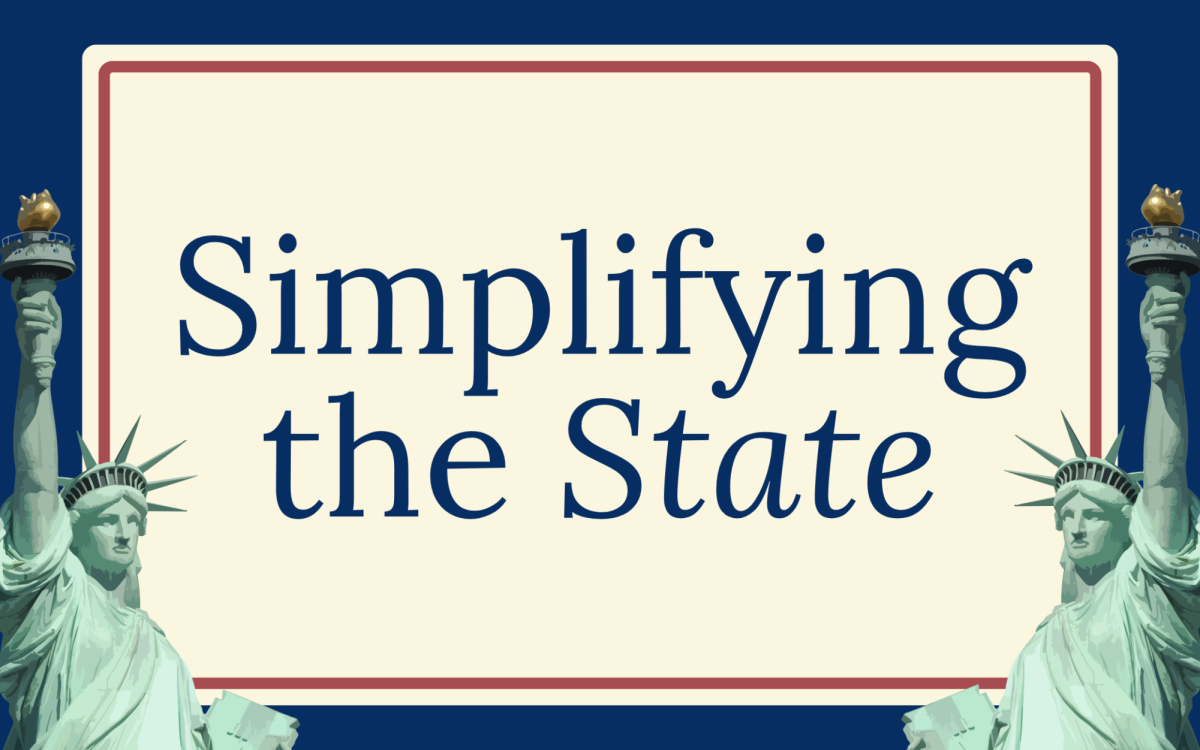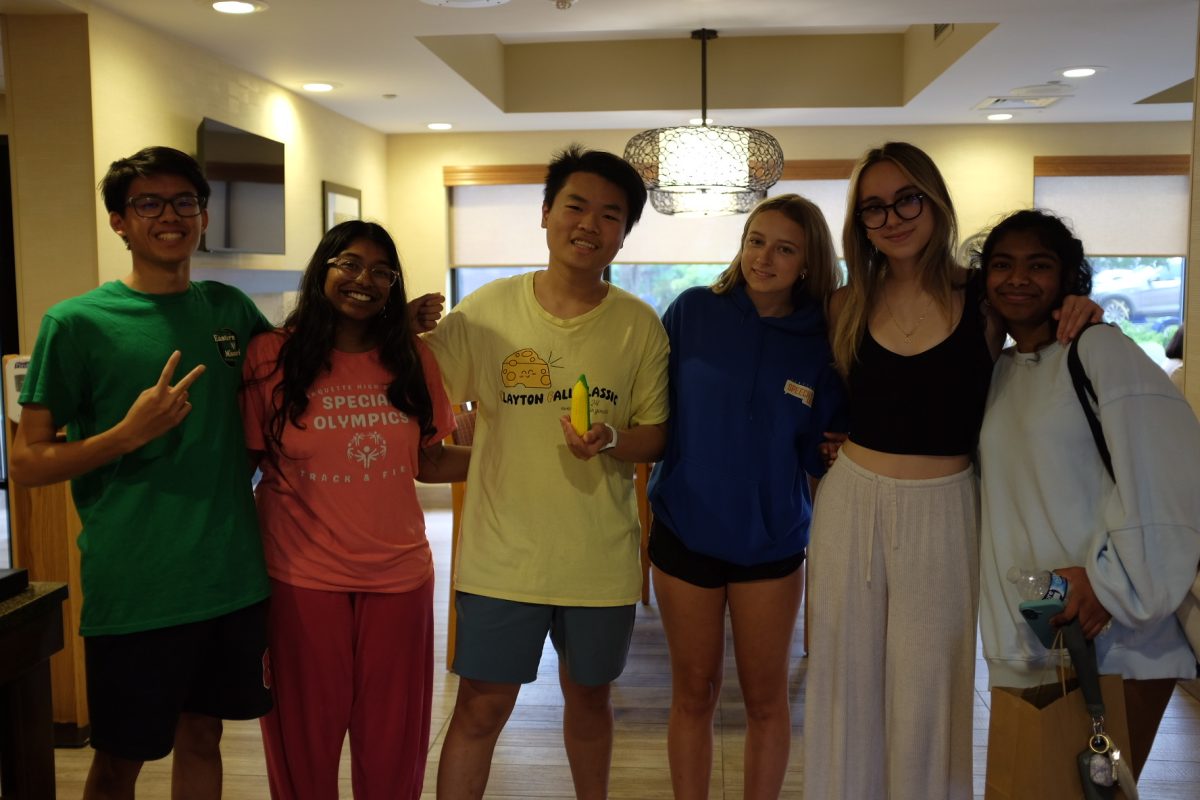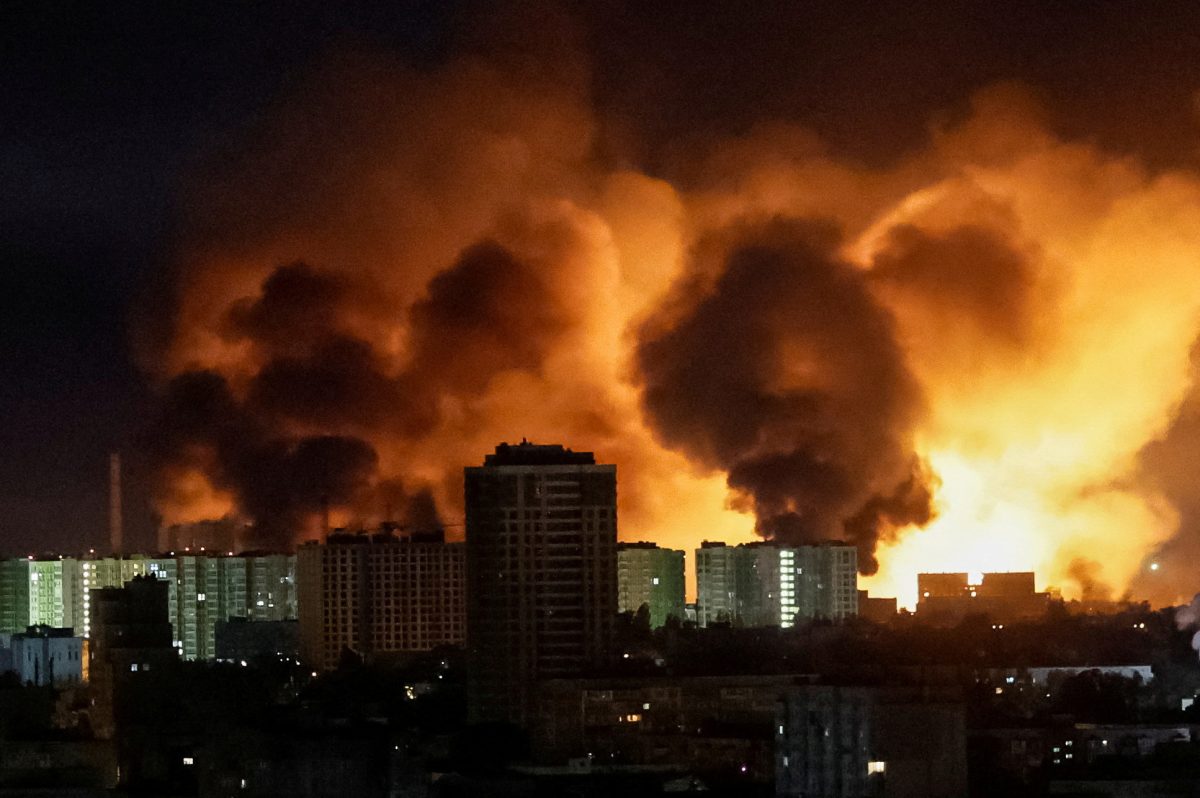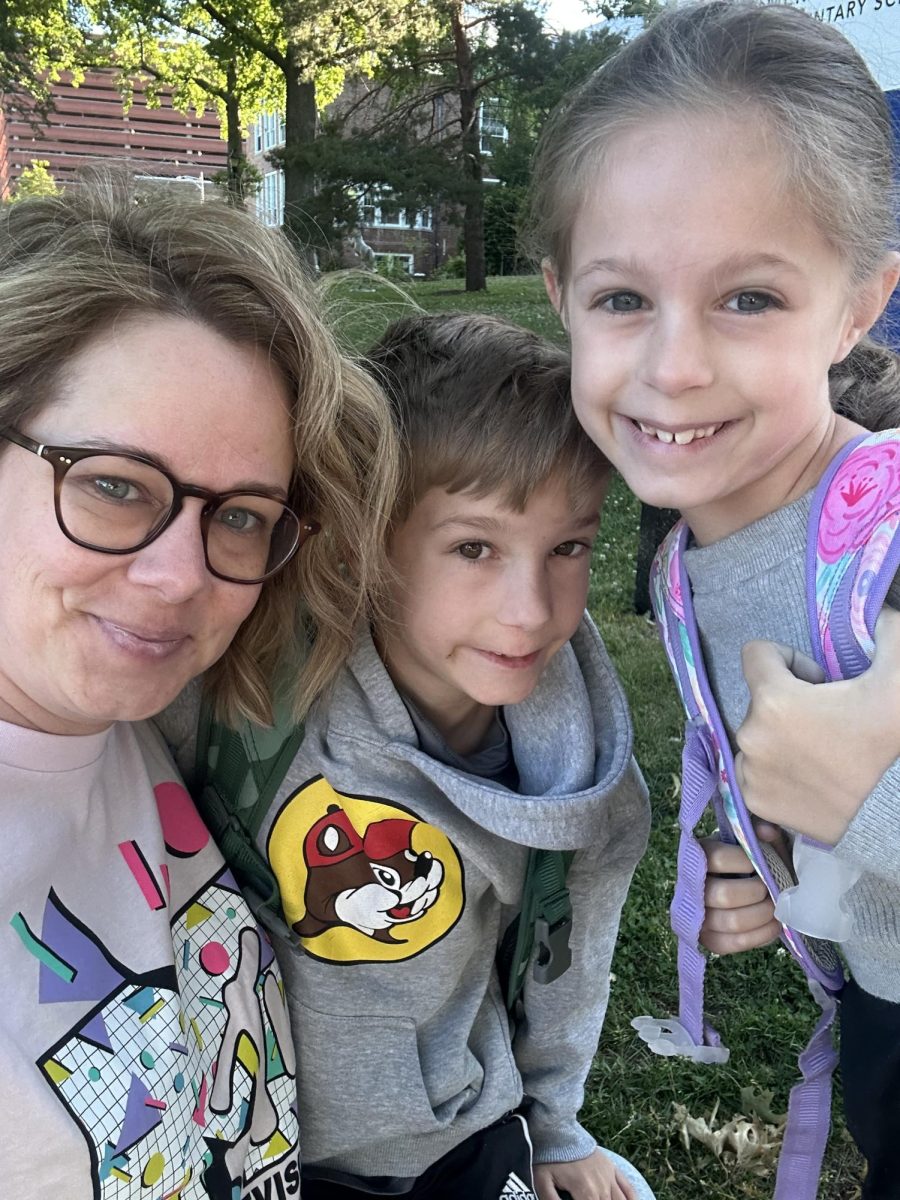Drunk Driving
January 26, 2017
“I thought I was fine but I really wasn’t,” CHS senior Sophia said when describing the first time she drove drunk.
Sophia was supposed to be the designated driver, or, “D.D.” for her friends the night of a party. She drove to the party sober, drank in her car and at the party, counting on her sober friend to pick her and her friends up.
“The cops showed up and we had no way to get from the party to our next destination,” Sophia said.
Their friend was unavailable to pick them up at that moment and Sophia got in her car and drove her and her four friends.
Unfortunately, Sophia is not the only high schooler who has gotten herself into a situation where she is forced to drive while intoxicated.
Determining whether or not a person is too intoxicated to drive is a slippery slope for some. Many believe they are suited to drive, when that’s normally not the case.
Medical Toxicology Fellowship Director, Evan Schwarz, says, “If your blood alcohol level is above a certain level, generally 80 mg/dl or 0.08% you are atomically considered drunk [intoxicated] whether you appear drunk or not.”
59.5 percent of CHS students know someone who has driven while drunk. Almost one out of every three traffic deaths are due to drunk driving.
Dr. Schwarz says, “Even small amounts of alcohol can impair fine motor control and other essential processes that are needed to drive.”
Teens put themselves at the risk of getting into fatal crashes for various reasons.
“For people under the age of 21 if you are in an accident, even very small amounts can get you in trouble since you should not be drinking at all,” Dr. Schwarz says.
While Sophia drove drunk because she could not think of another way to get to her next destination, juniors Alex and Maria drove drunk because their peers did not take measures in stopping their detrimental actions.
Peers are a major deciding factor on whether a person will make a life-threatening decision like driving drunk.
“The people I was in the car with should have stopped me,” Sophia said, “A lot of it was my fault, but the people in the car should have told me that I should not [drive drunk].”
Often times, peers are either drunk, or their intoxicated friend doesn’t listen to anything they say.
“The problem was that they [my friends] were all drunk, so nobody was really in their right mind to stop me,” Sophia said.
CHS junior Maria has driven drunk multiple times. The first time she did it her friends weren’t
aware of it, but it soon became a normal routine.
“At first, it wasn’t a huge deal, but after people started realizing that it was unsafe and [was] threatening the lives of our friends in the car with me, they became mad,” Maria said.
Her weekly decisions to drive drunk started ruining her relationships and trust with her friends. It was not until many fights later that Maria stopped driving under the influence.
“If you would like to continue having friends, and even your life, then you should stop [driving drunk],” Maria said.
Though friends can take measures to try to prohibit drunk driving, in the end, the only person who really has control and responsibility of the situation is the driver.
CHS junior Ryan has witnessed many of her friends drive drunk, and has been in the car with them during those times.
“It’s the whole ‘cool’ factor,” Ryan said. “People want to know that after they ‘lose control’ they’re capable enough to get that control back [to drive]. It’s like feeling better than everyone else.”
The fact that Maria, Sophia, Alex, and Ryan didn’t get hurt or killed while driving drunk was purely luck. Instead of taking chances with life, teens need to take measures to find a safe, alternative way to get from one destination to the next.
No matter what the circumstance is, seeming cool or capable doesn’t trump the responsibility to be safe. Peers should try to convince others in the situation to walk, uber, or get a ride, but ultimately, the driver will make their own decision.
“No party is worth risking a life, even though it can be tempting.” Maria said. “Drinking and driving is something that can completely be avoided, especially if you are in a situation where you have a sober driver.”


